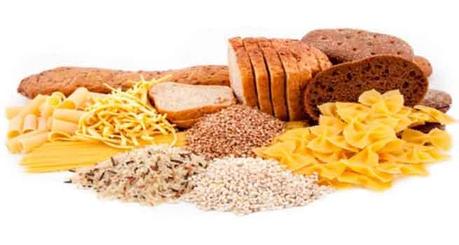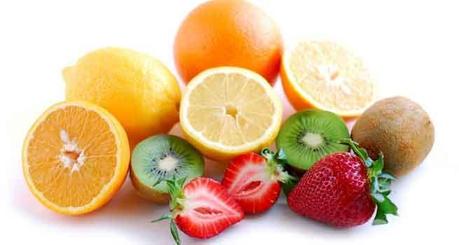You all think you are experts in staying and eating healthy. Bombarded constantly by new age information on proteins, fats and various diets has made you forget the thin line between eating healthy and eating to “feel” you are healthy! Nutrition bars, malts, proteins recommended to be included in your daily diets has mushroomed this industry without real measure of the benefits if any. Let us try and understand what your body is really made up of and to the true extent to which you need these supplements and “feel-good” nutrition. We will try and list down various doable simple dietary rules for your nutrition and growth and eventually for a spring-board for physical health.

Carbohydrates/Calories – The more you have it, the more you crave it but the lesser you need it! :
- An adult male on an average requires 2,500 calories a day and an adult female 2,000 calories. So worry about having the right amount rather than only the source of calories.
- Of course you guessed it right that calories from a bag of chips is far less desirable than calories from a well-cooked roast potato dish with other accompaniments.
- There are simple carbs required from sugary food and complex carbs which consist of starch and dietary fibre
- Hence soluble fibres such as barley and rice brans, fruits, brown rice, legumes, nuts, seeds, and oats should be eaten for lowering cholesterol and controlling blood sugar though these will not provide high energy
- Insoluble fibres such as whole-grain breads, wheat and cereals, vegetables, corn bran, fruit skins, and nuts are good for digestive disorders and even preventive for colon cancer
- Best sources of carbohydrates are breads, cereals, pasta, rice, fruits and vegetables
Water – The most common and underrated block of your body! :
As per the European Food Safety Authority – your body needs 1.6 to 2.0 litres (for female to males) of external water intake apart from the amount you get from food. A healthy body contains two-thirds weight of water. Of course the required intake will vary per the level of activity as you will also lose water in form of sweat.
Also Read: 8 Anti-Aging Foods to Have For Breakfast Here
Protein – The most coveted one! :
- Its activity of the amino acid used for building and repairing muscles hair, tissues and hormones can be said to be the most important one.
- Protein is also a source of calories (4 kcal per gram) the body starts using it for energy if there is not enough of carbohydrate due to over-activity.
- Main sources of proteins should be animal products (milk, meat, fish, poultry, cheese, eggs and vegetable sources legumes –beans, lentils, dried peas, nuts, and seeds.

Vitamins – Complex and aplenty! :
Vital to regulate chemical reactions in the body, there are in all 13 vitamins including A,B complex, C,D,E and K. Since they have to be consumed rather than being created in the body. These can only be consumed through various diets such as various coloured vegetables and fruits.
Also Read: Antioxidants- The Best Food for a Healthy Skin Here
Minerals – Important and Required! :
- These components of food are involved in many body functions
- Calcium and magnesium are important for bone structure whereas important of iron is over – stressed every time to carry oxygen in the red blood cells
- These are retained in the body through various diets rather than supplements
Fat – Most misunderstood block! :
- Food is a mixture of two types of fats – saturated and unsaturated
- Animal based fats are higher in saturated fats whereas plant/vegetable fats are high in unsaturated fats
- Each gram of fat provides more calories (9 kcal per gram) when compared to carbohydrates and proteins
- The basic recommendation is not to have more than 10% of energy as saturated fat
Knowing the basics is the first step towards knowing your body’s needs and understanding where it lacks. These steps will help you distinguish on what you need to eat and in how much quantity to start building a balance in your diet. Modifying various components will have different effects on overall well-being.
Also Read: Best Foods for Skin Whitening Here
Image Credits: Featured,1,2
